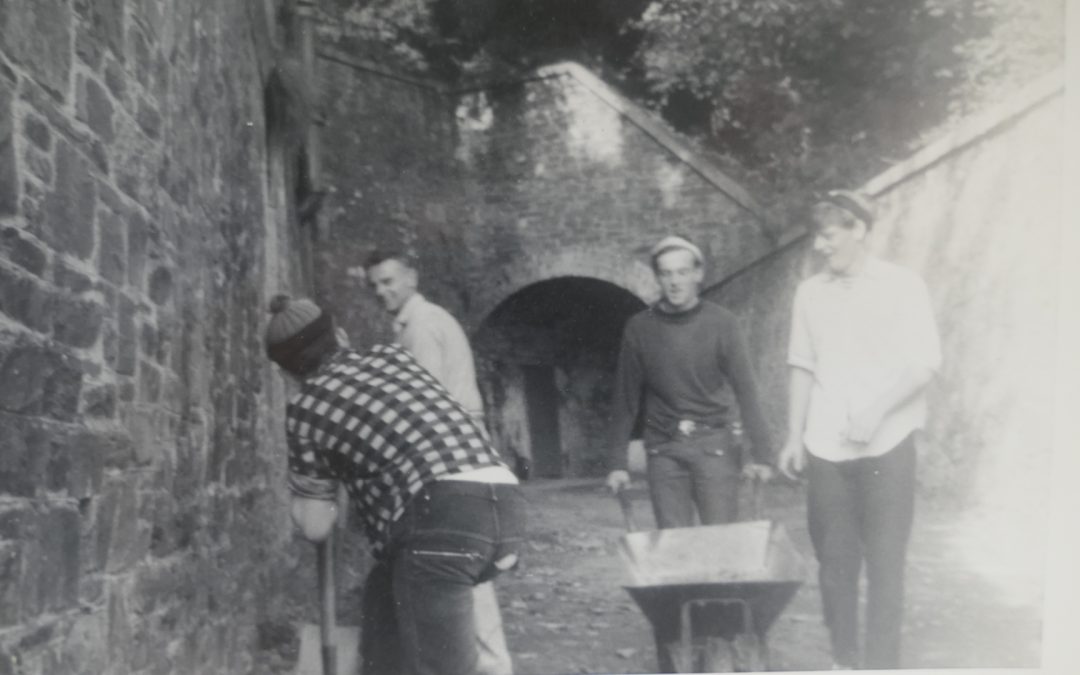The first years of the 1970’s were the usual mixture of success and setbacks for any volunteer organisation running a charitable cause. The committee, which was volunteer and unpaid, is perhaps best described as firefighting one issue after another. The main committee also set up sub-committees to deal with specific problems or aspects of running the Island. Repairs were done using volunteer help if possible and naval recruits were a regular sight on the Island having been volunteered to assist such work as repairing the parapet walls using cement and filling gabions with stone as part of the boat yard project, the quay next to the jetty. 1970 also saw paving slabs donated by the Council and form the courtyard and steps in front the Governors House. 2 truckloads of shrubs, plants and trees all offcuts and donated by the council were bought over and planted. The nitrogen and phosphate deficiency in the soil was overcome by using composting.
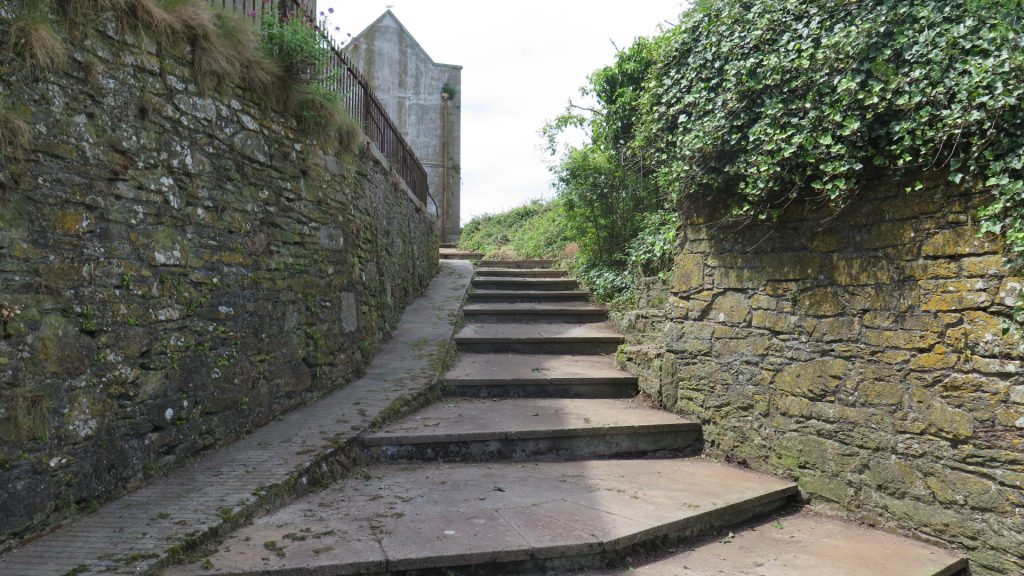
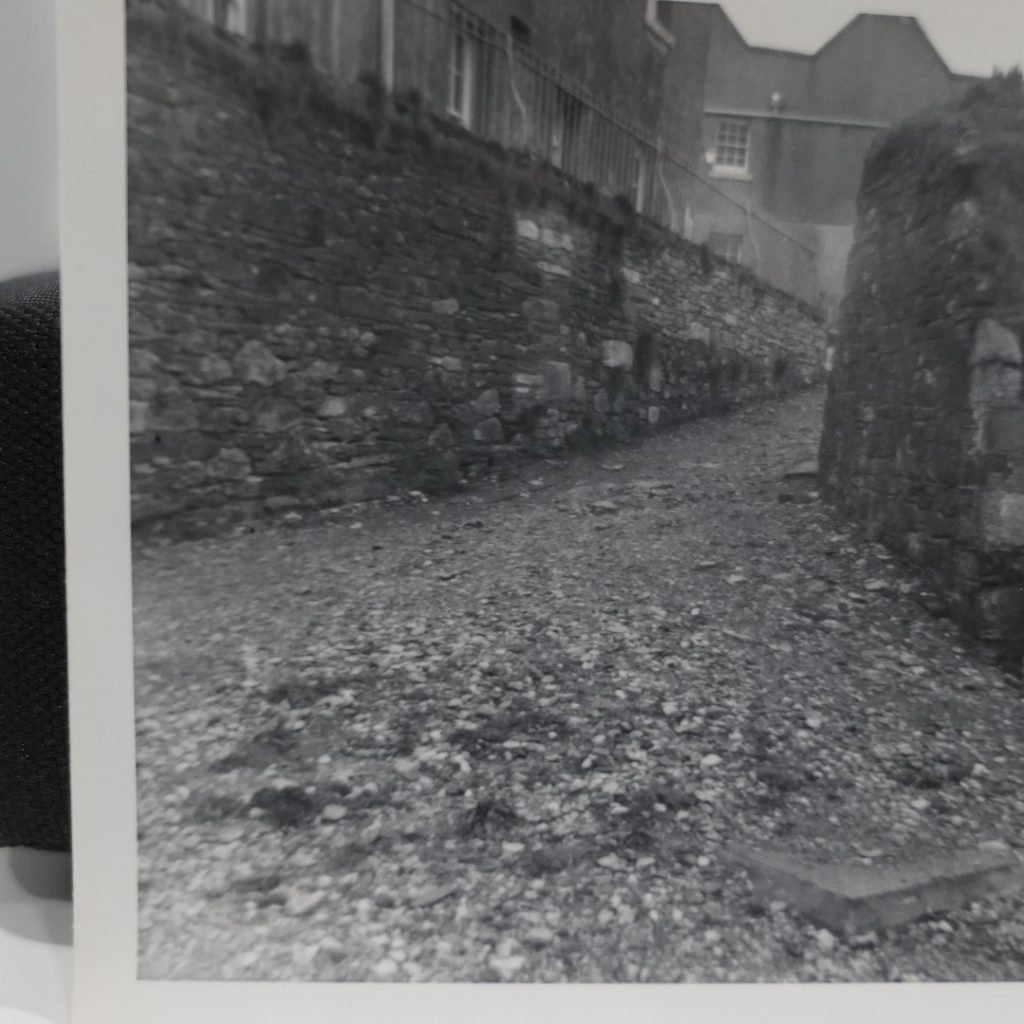
Unfortunately the first of the staff retention problems also happened in 1970 and the committee minutes highlight a number of contributing factors. Firstly there were no job descriptions, instructors were simply hired as a canoe instructor for example. For the instructor this meant they were there to instruct and do some equipment maintenance however the committee viewed the contract as meaning they were to do whatever the committee or warden instructed them to do. The instructors tended to come from a younger generation who were prepared to stand up for what they perceived as their rights and the committee and warden tended to belong to the older generation who believed that subordinates should do as they were told without question. There were additional issues about pay differentials with the Warden in particular being viewed as overpaid. Financially there were also setbacks as the Department of Education halved its grant to the Island although it was contributing beyond the original 3 years it had committed to. The financial running costs were also adding up, just to run and maintain a sailing dinghy for a year cost in the region of £250. There were insufficient funds or grants available for running repairs which took place over the winter months which meant the centre began to use an overdraft facility provided by the bank. The Casemateers, the groups that rented out individual casemates and were separate to the Centre staff and students, were now being asked to make up part of the shortfall and fund the repairs to the casemates they rented out and the cost of laying in power supplies. This also generated conflict as there were problems with vandalism at the casemates despite a warden being on the Island. The Casemateers of course viewed the security of the Island as opposed to their individual casemate as the Committee problem and weren’t happy with the extra costs now attached to leasing a casemate. The result being the casemates started to fall into neglect as leases were not renewed.
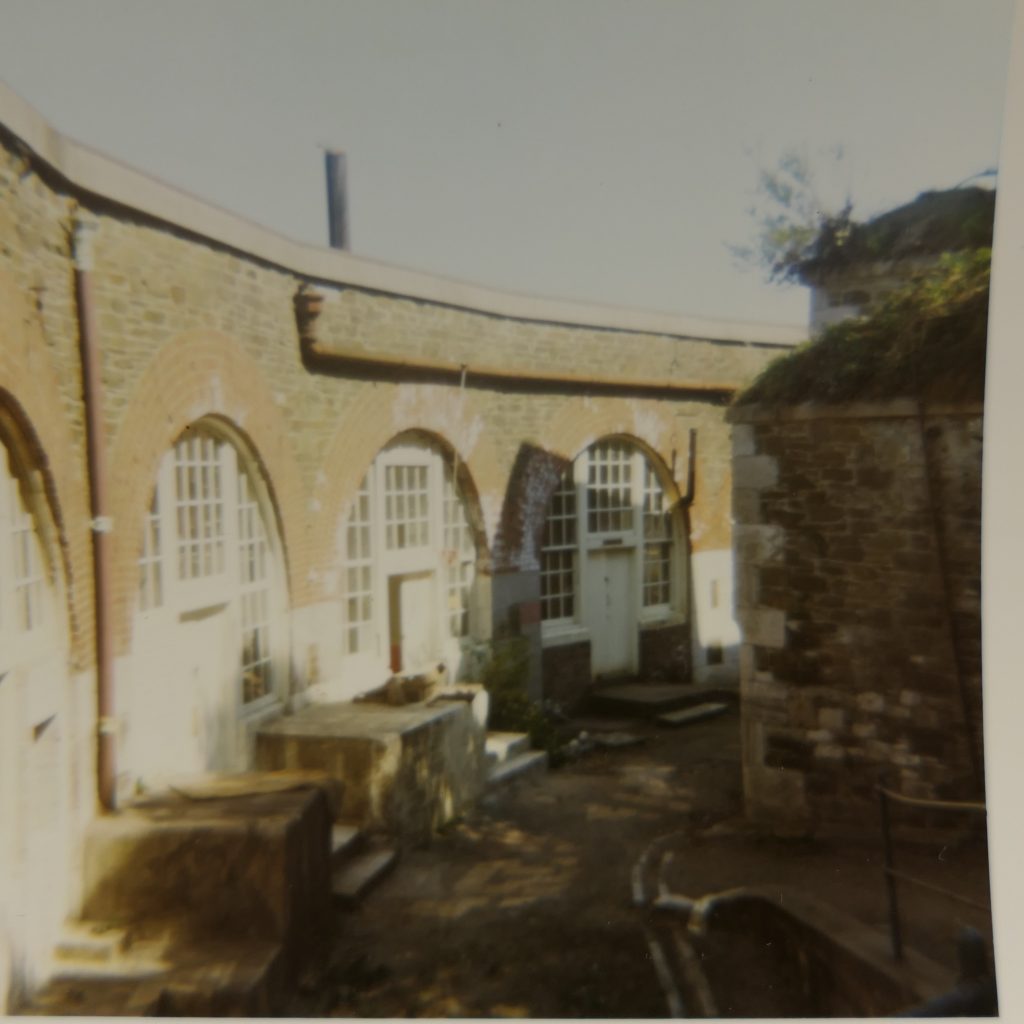
The following year in 1971 saw 65 residential places now available and it was hoped the increase in places would help with the finances. The Island was also opened up to tourists on a regular basis to provide extra funds, unfortunately it doesn’t appear that the Tourist Committee or Adventure Centre Staff communicated as there were complaints that the tourists were interfering with the courses and the courses were preventing the tourists from accessing parts of the Island. The Panorama Committee, which was set up to provide a large panorama or model of Plymouth and the Island as part of the tourist drive dissolved itself as the proposed location was now going to be a gym. I believe the location was going to be in one of the underground magazines but neither the panorama or gym ever got off the ground.
The next year, 1972, began with a £4,000 deficit. To try and reduce the deficit the committee scrapped the reduced fees for Plymouth students, partly as schools were now looking to further afield and abroad for their school trips as travel became cheaper. Part of the council grant was to offset the cost of courses for Plymouth students but the Committee hoped they could channel that into other projects. Additionally all course fees were to be increased and a number of fund raising ideas were put forward such as a fund raising ball none of which found an organiser or happened.
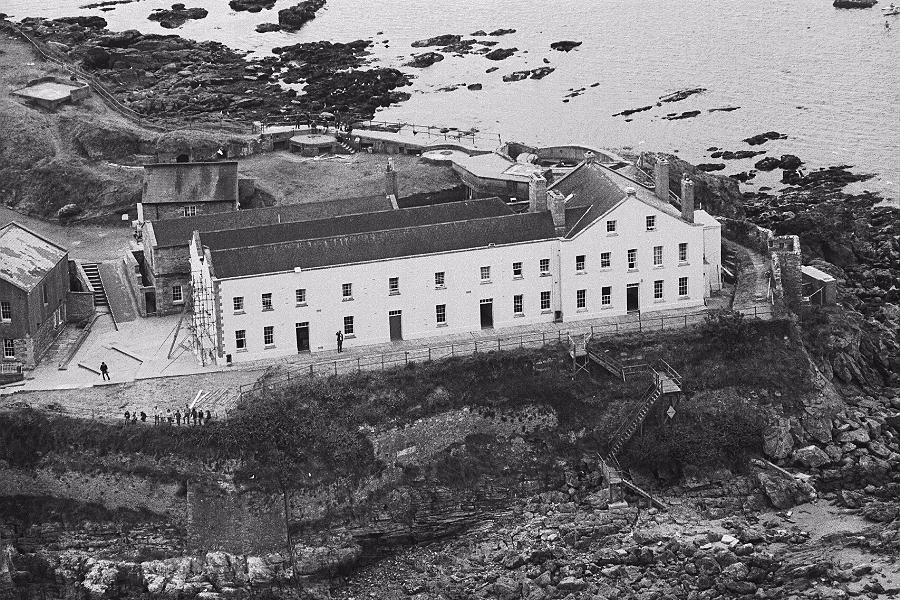
1972 also saw the first mention of foreign students, French and German, who were causing problems by drinking. There were also more complaints by the committee that instructors were not doing their jobs. However as earlier the instructors didn’t see that they had additional duties outside of instructing, especially regarding supervising students in the evening. To add to the problems the water pipe was broken was broken either in 1972 or 1973 by a Russian research ship who refused to pay for the repairs. In 1974 the lease was taken over by the Mayflower trust which was already running a successful sports and community centre in the City. So the first years of the 1970’s saw an increase in the amount of committees all of who were trying to make the centre financially viable but unfortunately had conflicting ways of achieving it and an unhappy staff retention situation. Perhaps worse for the future was the increasing reliance on the Bank overdraft. This was facilitated through an old boy network, typical of the time. One patron of the Boys Clubs and Centre on the Island was also on the board of the Bank. This isn’t to suggest any wrong doing, banks have taken on far worse debts under much stricter financial regulations but merely to put it into the context of the time where overdrafts could easily be arranged if you knew the right people.
Unfortunately for the Centre the transfer of the lease to the Mayflower Trust didn’t resolve the financial and management issues. The rest of the decade was spent trying to get through the season from May to September then trying to raise enough funds to run another season.
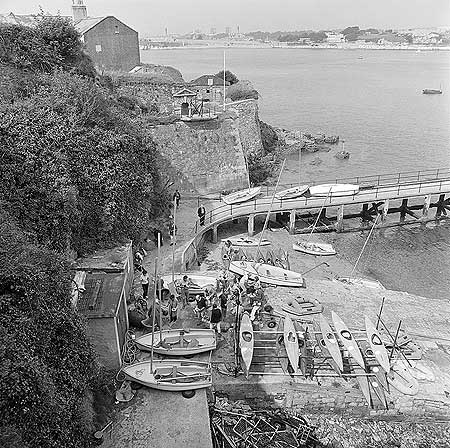
The initial involvement of the Mayflower Trust as the lease holders didn’t start well. There was immediate conflict with the Drake’s Island Committee. Essentially the Committee viewed themselves as independent and would run the centre as they saw fit even if it was not financially viable. The Mayflower Trust however took the view that as lease holders and responsible for what happened on the Island and as the Committee got their authority to run the centre from the Trust the Committee should account for their actions to the Trust.
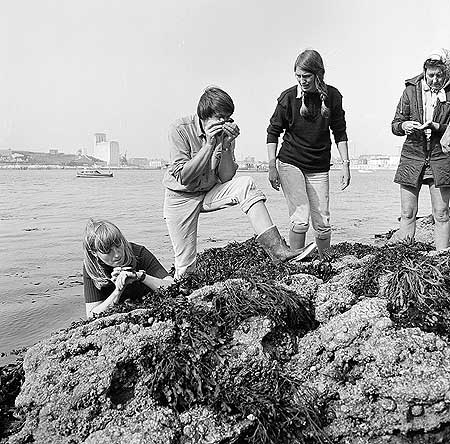
The financial situation worsened in 1974 when the Bank refused to honour cheques written by the Committee. The Committee were given a bit of breathing space to address their finances when one of the Committee patrons, Lord Amory, spoke to friends of his on the Board of the Bank. The following year in 1975 the Committee made attempts to wipe out the overdraft, there was talk about a change of use to an environmental centre. There was also talk about a merger with the Mayflower Trust who ran a successful leisure centre on the current Life Centre in Plymouth. However the Mayflower trust refused when the full extent of the debt was revealed and there was no financial plan to make the Island viable. The Trust viewed the plan as merely transferring the current and future debts from Drake’s Island to the Mayflower Trust which would put the Leisure Centre at risk. The Island was also a member of the National Association of Boys Clubs who also refused to wipe out the overdraft or repay the loan as they were neither consulted about the arrangements nor guaranteed the loan. The Committee argued they always had a loan but it would be covered by grants and sponsorship. Unfortunately these avenues were drying up partly because there were more good causes asking for donations and the economy was doing poorly but also the grant sector was becoming more competitive and the Committee was unable to draft it’s applications as well as other causes. The knock on effect for the Island was salaries to the staff going unpaid until the Council stepped in and advanced £30,000 to cover the deficit. To an extent the off Island issues, there were threats of resignations and legal action, meant the Island management suffered somewhat. Rats were reported in the tunnels and Barracks which were being used as accommodation. One committee member apparently bought over two cats to solve the problem but another committee member had the cats put down as they were leaving a mess around the Island. The Sewage tanks were also fouled mainly through kitchen grease and oil entering the system which had to be dug out with the waste merely buried on the beach.
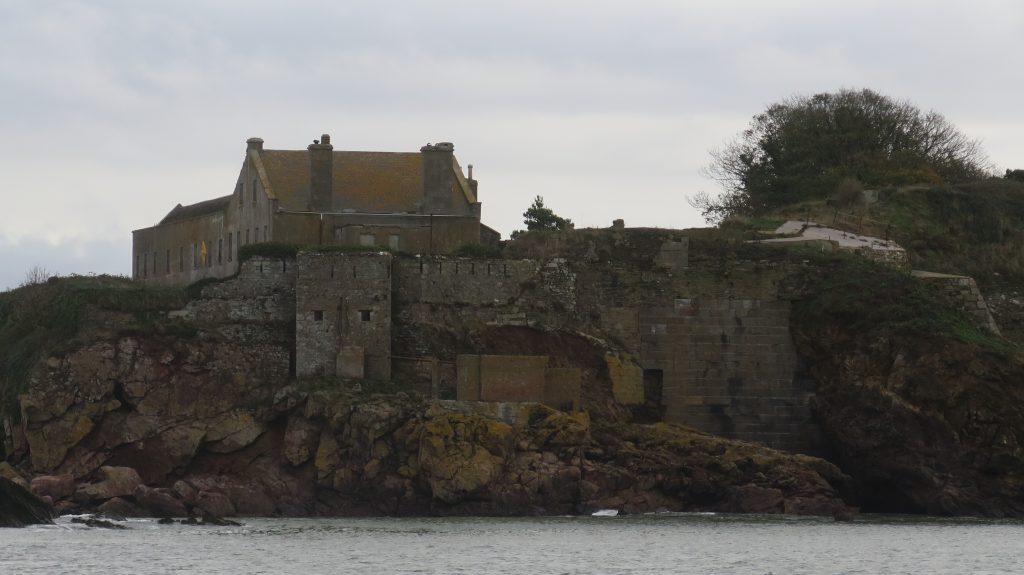
The Naval Trainees were still being volunteered to come over to assist in some projects including the building of the slipway and the quay by the jetty. The RAF got in on the act by lifting in asphalt and Gas to seal the casemate roofs. However there were still break-ins and theft from the casemates that were being loaned out with the Casemateers refusing to pay their fees until the security situation was remedied. This led to more threats of legal action. Finally the Mayflower Trust had enough and relinquished the lease in 1976 to the Council who held it from the Crown Estate on the condition it remained an Adventure Centre. If the Adventure Centre shut it would revert to the Crown Estates. Through all of this however the Island Centre was still keeping going and providing courses and adventure for its students which is to the great credit of the instructors and support staff who were working against the background of the financial and management issues.
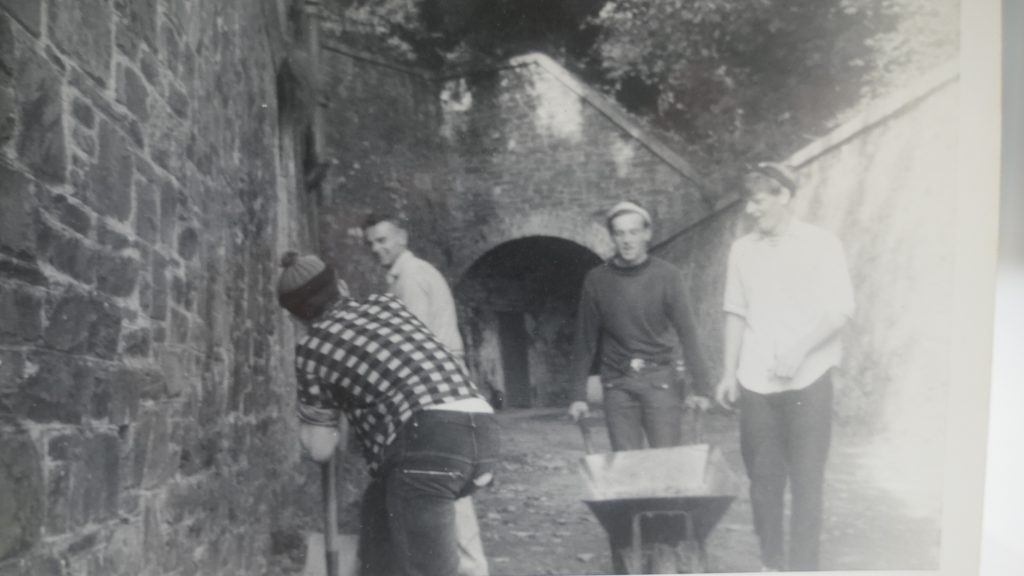
The rest of the 1970’s didn’t see any solutions to the existing financial or management issues. In 1977 there was the unfortunate death of a climbing instructor, Mr Tanswell, from a fall. It appears he was on his own testing some climbing equipment before the opening of the season and there was a rock fall. The following year the Committee was informed by the City Engineer that they were responsible for routine maintenance and running repairs of the site which added to the cost of the running the Island. Nevertheless the Committee did keep the Centre open, Armada Suppers held annually raised money for the centre and groups such as the Friends of Drake’s Island continued to raise funds to subsidise local students. Money also came in from visitors to the Island which now approached 17,000 during the season from May to September. The Island even had its own stamps and first day covers which it sold alongside other mementos in the Island shop come Café.
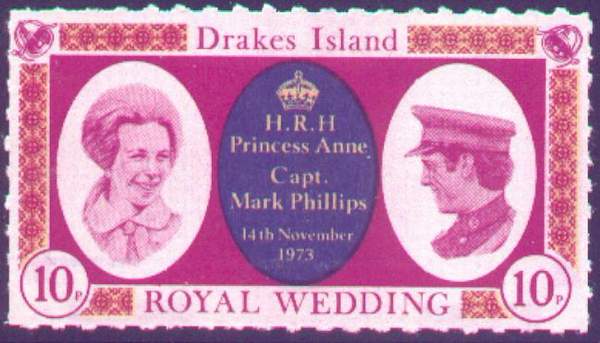
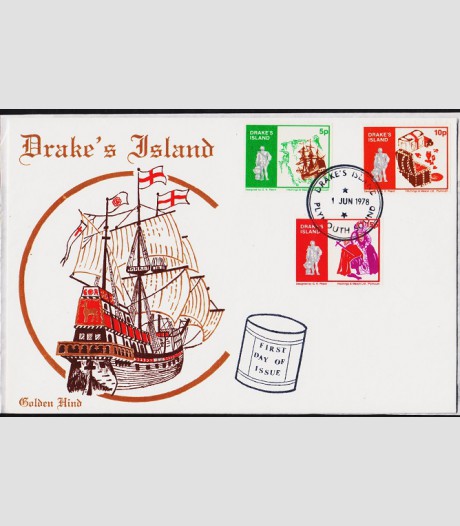
Small projects continued to be worked on by the students, staff and other volunteers including the continued planting of trees and other flora donated by the Council, the removal of the demolition rubble and building of the Quay.
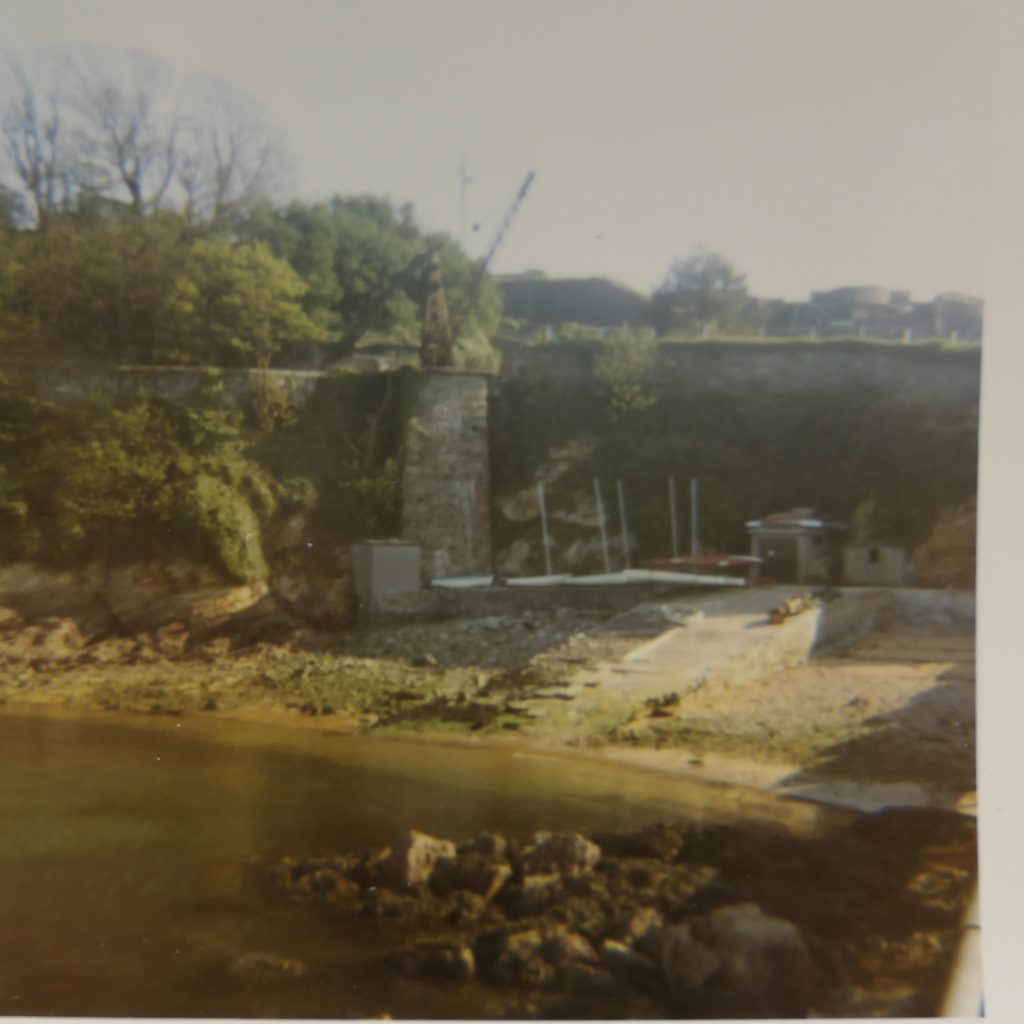
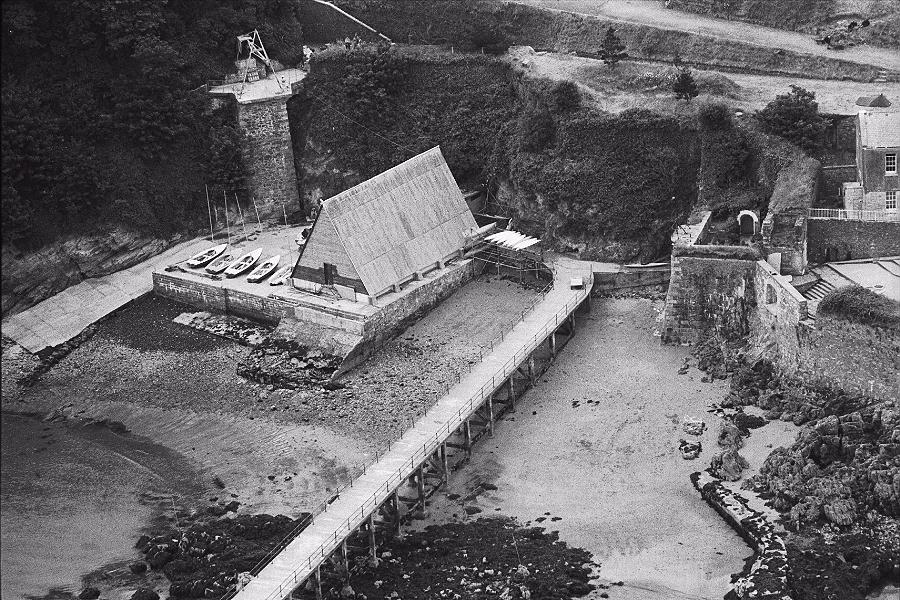
1977 also saw the celebration of the Queen’s Silver Jubilee and the Council erected a huge illuminated Crown on the Island supported by a mass of scaffolding that could be seen from the Hoe and was lit up at night as their imaginative contribution towards the celebrations. It seemed to stay on the Island for a considerable time afterwards and became something of an eyesore and an embarrassment locally.
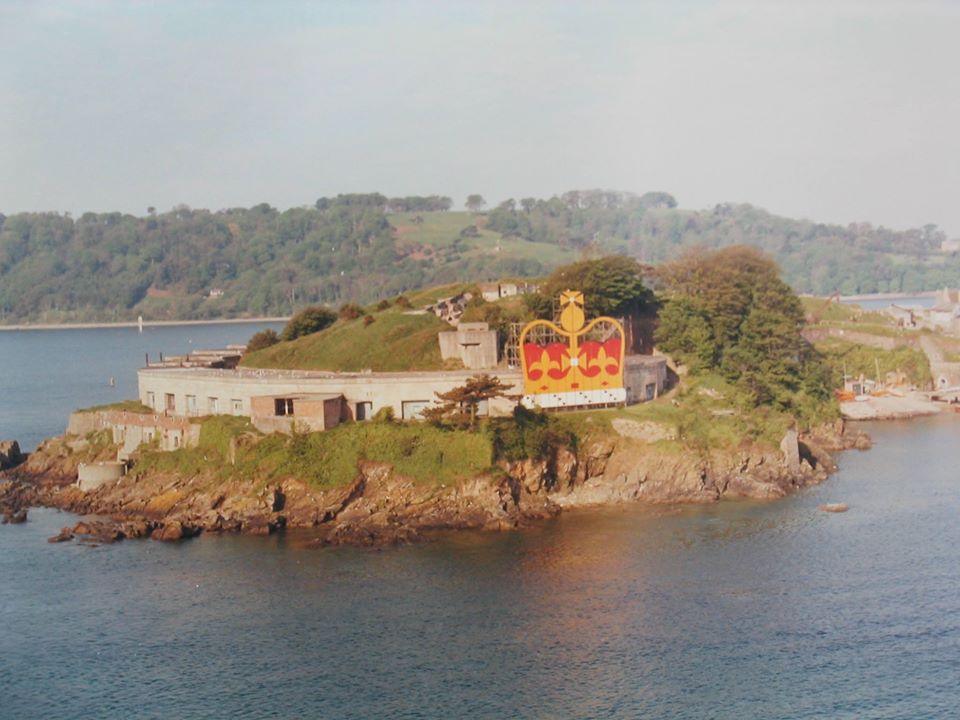
1978 saw some considerable excitement. A shipwreck from 1787 was discovered just off Drake’s Island by the local BSAC Sub Aqua Club and they discovered some still intact reindeer hides. It seems they were protected by the hemp they were stored in and the conditions in the Sound and were found to be of the highest quality and the equal of anything available on the current market when bought ashore. They were sold off and made into limited edition leather goods from shoes to watch straps. The Committee were also heavily involved in searching the Island for evidence of its historic past. Of particular interest was finding a tunnel that was rumoured to lead to the Mainland and the 1620’s Prison. They found no evidence of either but whilst searching they did discover three 11 inch 25 ton guns, a 12 inch 25 ton gun and 32 pounder gun on the top of the Island just behind where they are currently situated. How the guns came to be buried is unclear. Most likely when they became obsolete and needed to make way for the 1898 Battery the easiest solution to getting rid of the guns was simply to bury them rather than haul them off the Island. The Guns in the Casemates were after all just pushed out onto the foreshore until they were recovered for scrap in WW II so it is probably fortunate they were buried or they could have been lost forever. As usual Her Majesty’s finest body of Men, the Corps of the Royal Engineers (Hurrah) in the form of 59 Independent Commando Squadron Royal Engineers came to the assistance of the Committee digging out and moving the Guns to their current location.

So the 1970’s ended and the Adventure Centre despite all the financial and management problems was still keeping on thanks to the hard work of volunteers who performed a multitude of tasks and the seasonal centre staff.

